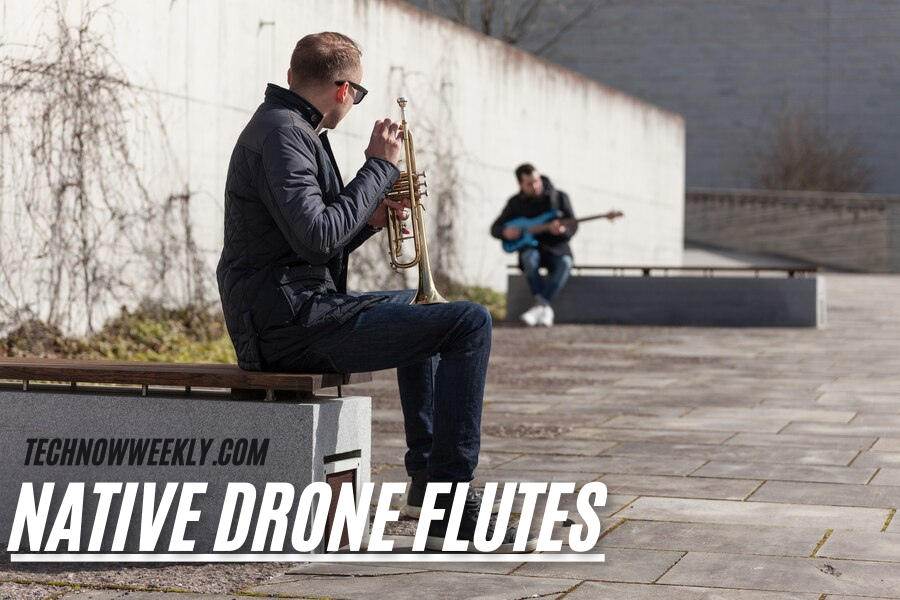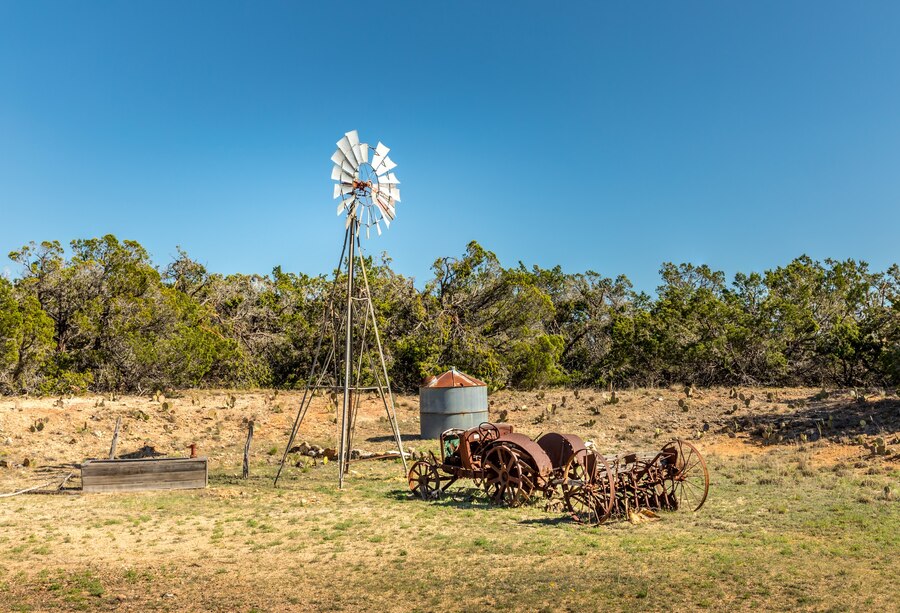Native drone flutes are a captivating blend of ancient tradition and modern craftsmanship, delivering a deep, resonant sound that has enchanted listeners for centuries. Rooted in indigenous cultures, these flutes have evolved from their historical origins into contemporary musical instruments that preserve their mystical, soothing qualities.
Origins and Cultural Significance
The native drone flute finds its roots in Native American and other indigenous musical traditions, where flutes played a vital role in ceremonies, storytelling, and personal expression. Traditionally crafted from wood or bone, the flute was often linked to spirituality, nature, and healing practices. The term “drone” refers to the continuous harmonic sound produced alongside the melody, creating a meditative and ambient effect.
Construction and Design
Modern native drone flutes maintain the traditional double-chambered design but often incorporate refined materials and techniques. The flute consists of:
- Main Chamber: The primary chamber where the melody is played.
- Drone Chamber: A second chamber producing a sustained, harmonic note that plays continuously with the melody.
- Materials: Commonly made from cedar, walnut, or bamboo, each wood influences the flute’s tonal quality.
- Tuning: Typically tuned to pentatonic scales for ease of play and a harmonious, calming sound.
The craftsmanship involved ensures a balance between visual beauty and sonic excellence, making each flute a unique work of art.
Sound Characteristics and Musical Applications
The native drone flute is renowned for its rich, layered sound. The continuous drone note enhances the melodic expressions, producing a calming and immersive auditory experience. This sound quality makes the flute popular in:
- Meditation and Sound Healing: Its soothing vibrations promote relaxation and stress relief.
- Film and Ambient Music: Ideal for atmospheric soundscapes and background scoring.
- Traditional and Folk Performances: Often used in modern interpretations of native music.
Musicians favor native drone flutes for their expressive capabilities and ability to evoke profound emotions.
Learning to Play the Native Drone Flute
The native drone flute is beginner-friendly, thanks to its pentatonic tuning, which ensures that all notes harmonize naturally. Key steps for playing include:
- Breath Control: Gentle, steady airflow produces a consistent sound.
- Fingering Techniques: The positioning of fingers affects the melody while the drone note remains constant.
- Emotional Expression: The flute’s design encourages improvisation and emotional storytelling.
Many players find the instrument intuitive, making it suitable for personal expression and spontaneous musical moments.
Choosing the Right Native Drone Flute
When selecting a native drone flute, consider factors like:
- Key and Tuning: Common keys include A, G, and F, each offering a distinct mood.
- Material: Wood type affects the warmth and resonance of the sound.
- Craftsmanship: Look for hand-carved details and quality construction.
High-quality native drone flutes are often handcrafted by artisans who specialize in preserving cultural integrity while enhancing sound quality.
Cultural Respect and Ethical Considerations
While the native drone flute has become a global musical instrument, it is essential to honor its cultural origins. Purchasing flutes from indigenous artists or ethical suppliers helps support the preservation of native craftsmanship and traditions. Understanding the history behind the instrument fosters deeper appreciation and respect for its role in indigenous cultures.
Conclusion
Native drone flutes blend ancient traditions with modern musical exploration, offering a profound and immersive sound experience. Whether used for meditation, performance, or personal enjoyment, these instruments continue to inspire and heal. By respecting their origins and choosing quality craftsmanship, musicians can help keep this rich heritage alive while creating beautiful, resonant music.
read more moyra cancellation










